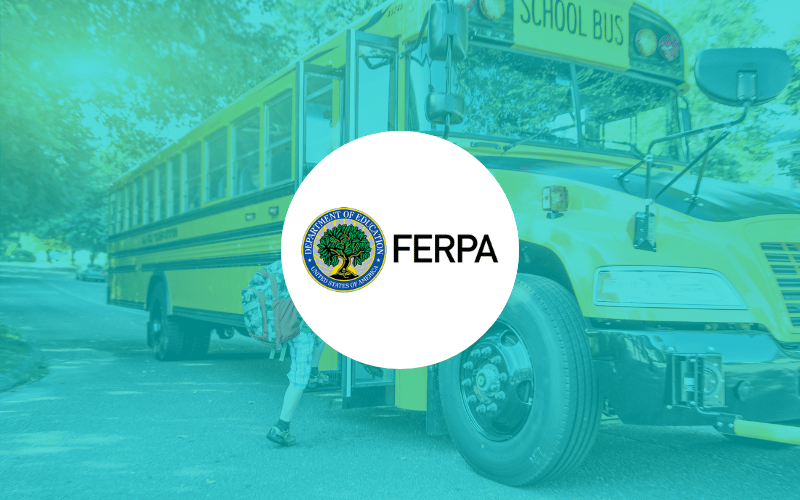FERPA encourages the use of encryption as a security measure to protect student education records. The choice of encryption algorithm or method depends on several factors, including the sensitivity of the data, the technology being used, and industry best practices. Here are some commonly used encryption practices that align with FERPA recommendations:
- Symmetric Encryption: Symmetric encryption uses a single encryption key to both encrypt and decrypt data. This method is efficient and suitable for securing data at rest, such as stored student records. Common symmetric encryption algorithms include Advanced Encryption Standard (AES) and Triple Data Encryption Standard (3DES).
- Asymmetric Encryption: Asymmetric encryption, also known as public-key encryption, utilizes a pair of mathematically related keys: a public key for encryption and a private key for decryption. Asymmetric encryption is often used for secure communication and data exchange, such as transmitting student records over untrusted networks. Popular asymmetric encryption algorithms include RSA and Elliptic Curve Cryptography (ECC).
- Transport Layer Security (TLS): TLS is a cryptographic protocol used to secure communications over computer networks. It ensures the confidentiality and integrity of data transmitted between endpoints, such as web browsers and servers. TLS employs a combination of symmetric and asymmetric encryption algorithms to establish secure connections. The specific encryption algorithms and protocols used within TLS can vary, with commonly used ones being AES for symmetric encryption and RSA or ECC for asymmetric encryption.
- Full Disk Encryption (FDE): Full Disk Encryption is a technique that encrypts the entire contents of a storage device, such as a hard drive or solid-state drive (SSD). FDE protects data on endpoints, ensuring that if the device is lost, stolen, or improperly accessed, the encrypted data remains secure. Encryption technologies like BitLocker (for Windows) and FileVault (for macOS) provide FDE capabilities.
When implementing encryption, it's crucial to consider industry standards, best practices, and any applicable legal or regulatory requirements beyond FERPA. Organizations should assess their specific needs, consult with security experts, and consider factors such as encryption strength, key management, and compatibility with their systems and infrastructure.
While FERPA does not provide specific encryption recommendations, it emphasizes the importance of encryption as a security measure for protecting student education records. Educational institutions should work with legal counsel, technology professionals, and adhere to industry best practices to determine the most appropriate encryption methods for their specific circumstances.





